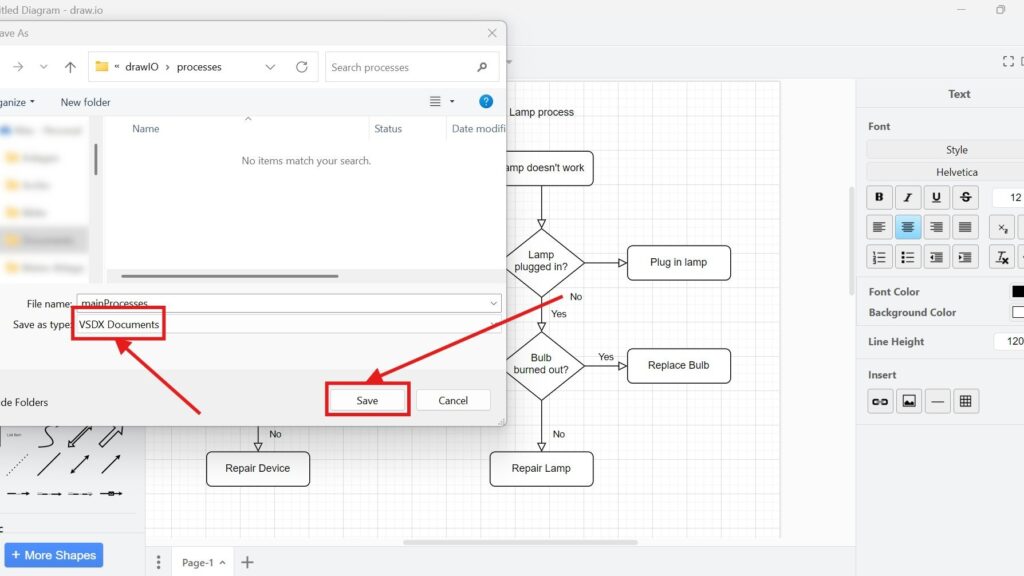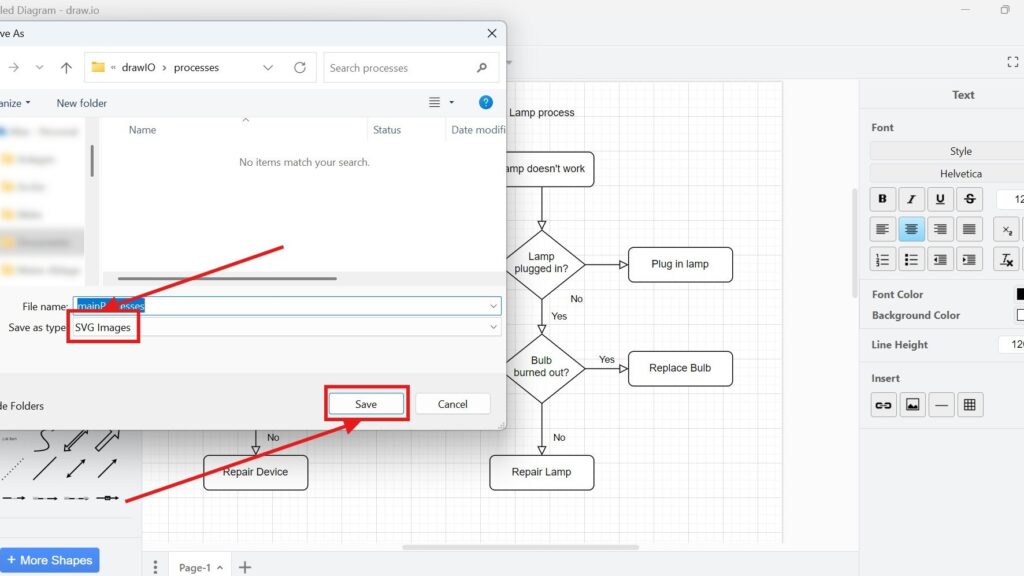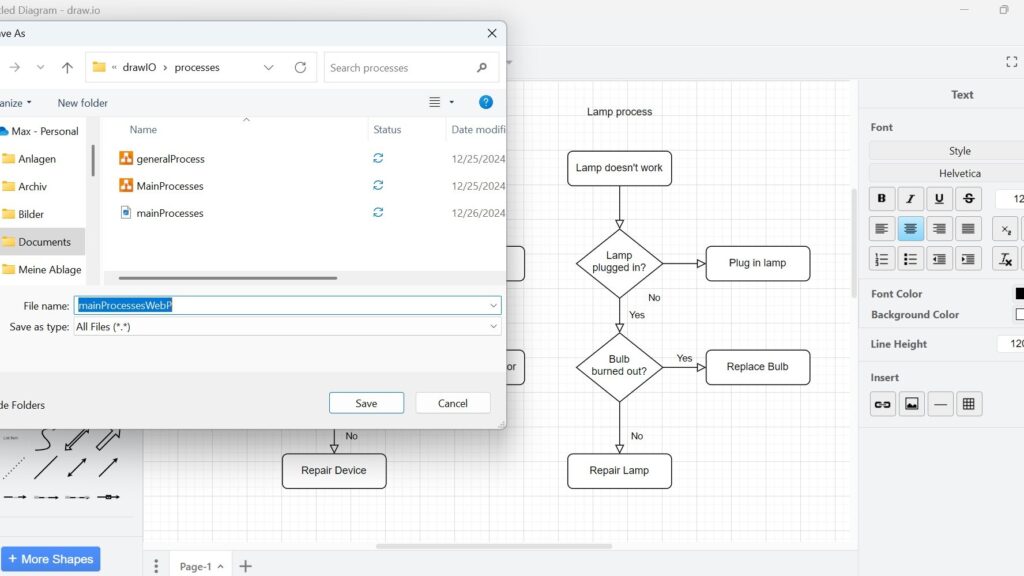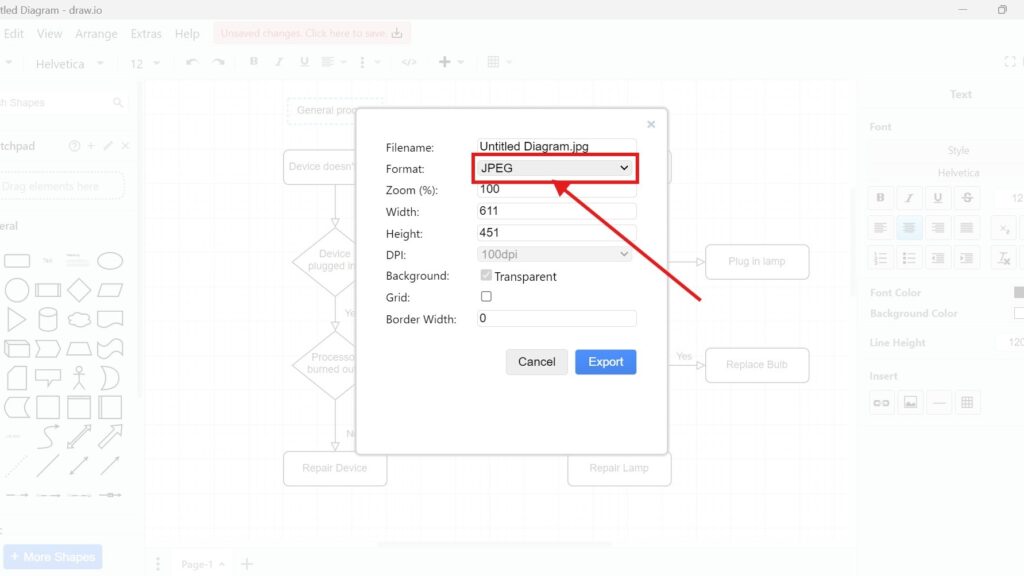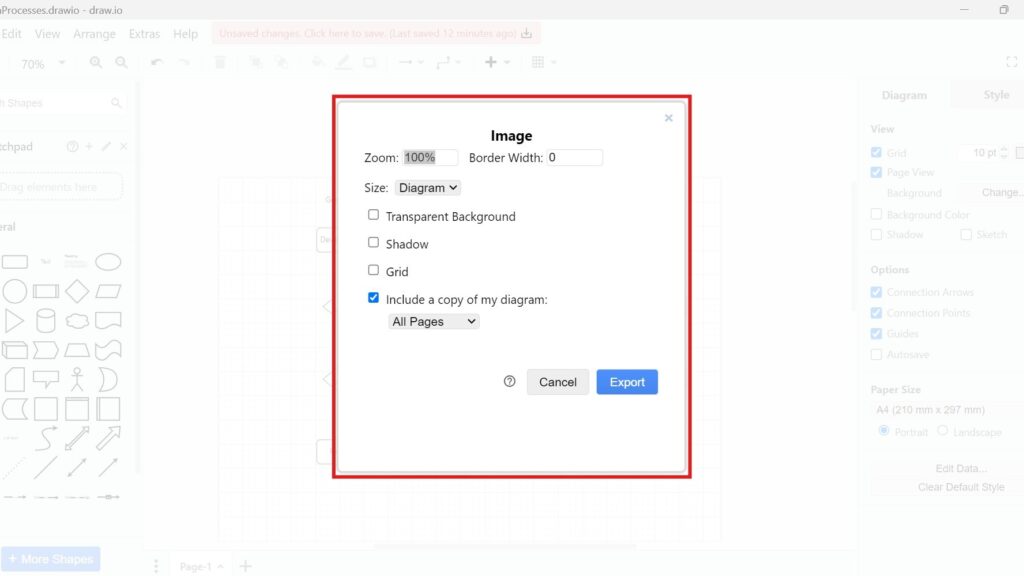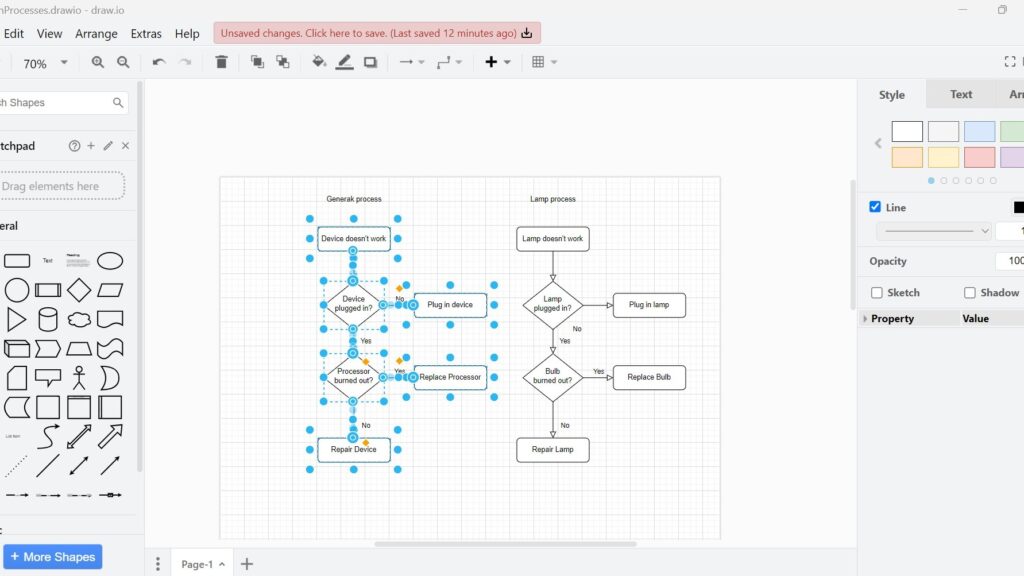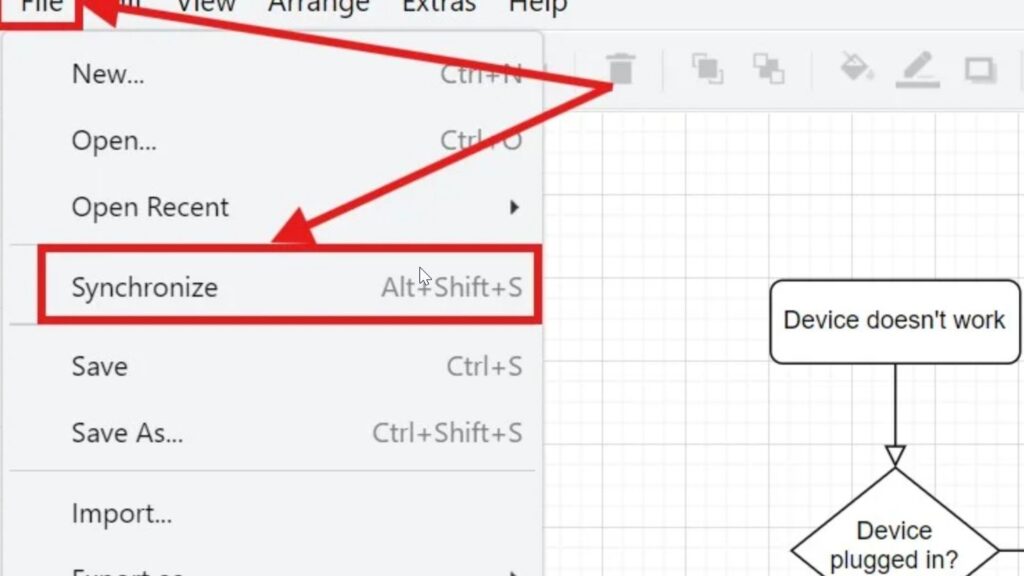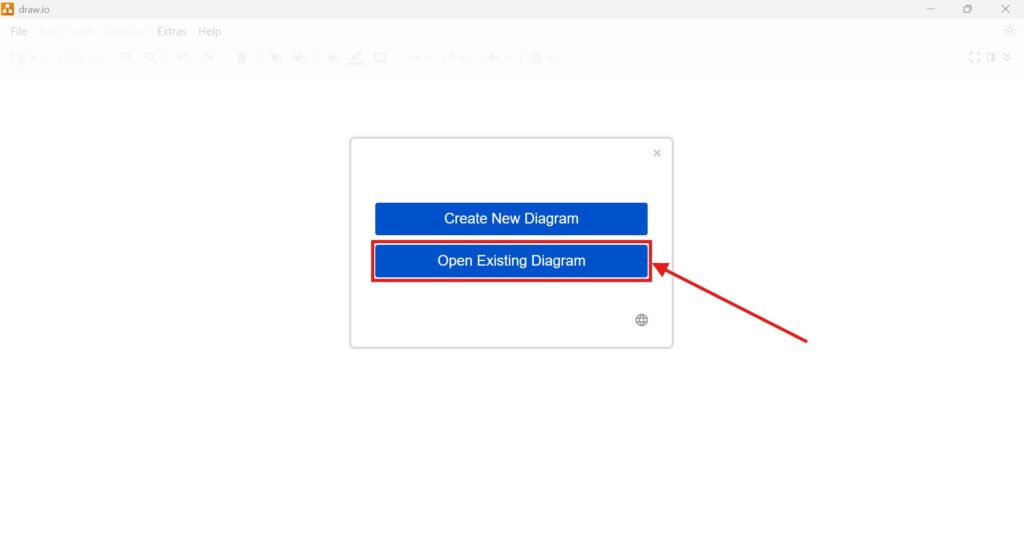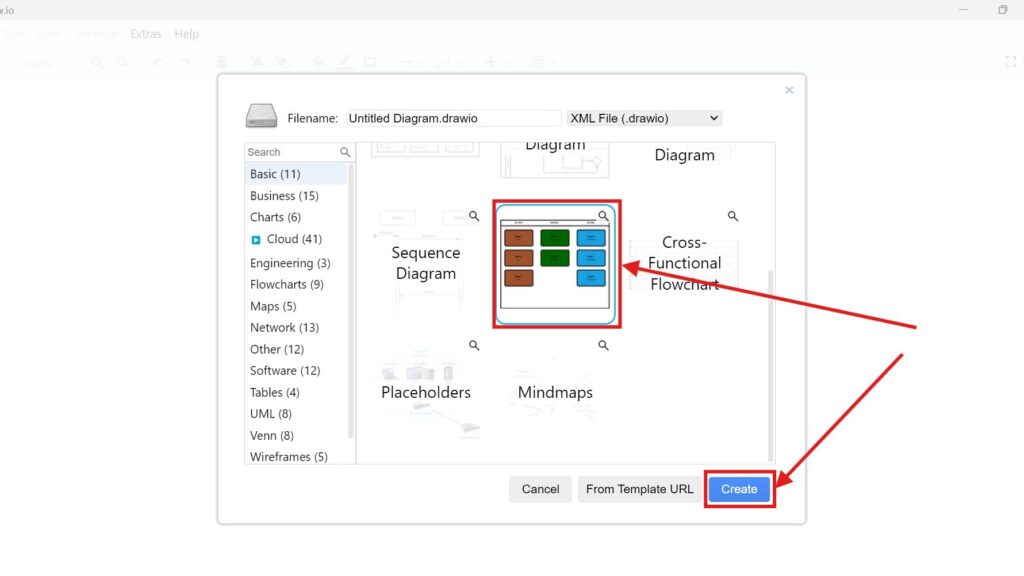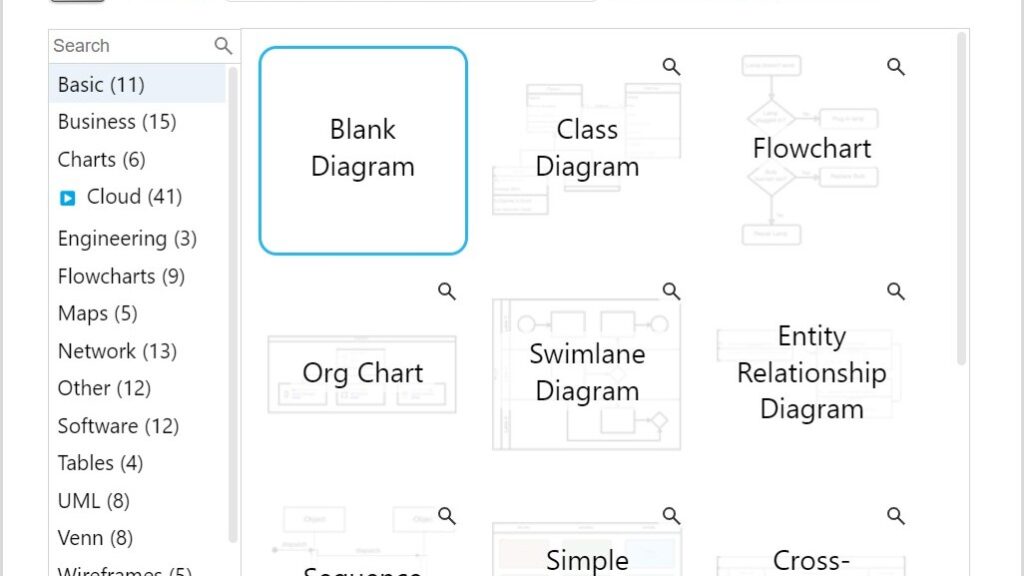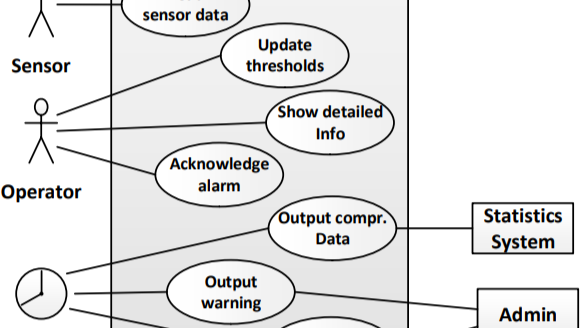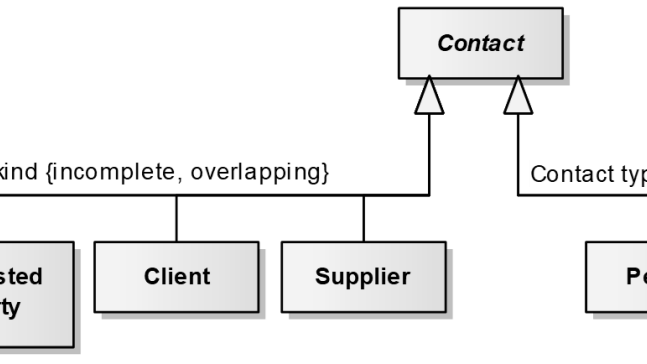How to Export a Diagram to VSDX in draw.io
Exporting diagrams in draw.io is simple and versatile. I’ve often found this feature essential when sharing diagrams with colleagues who use other tools. draw.io lets you export diagrams to various formats, such as images, different file types, or even URLs. Today, I’ll guide you through exporting a diagram to VSDX, a file format compatible with Microsoft Visio. Let’s dive in how to Export a Diagram to VSDX in draw.io!
How to Export a Diagram to VSDX in draw.io Read More »


